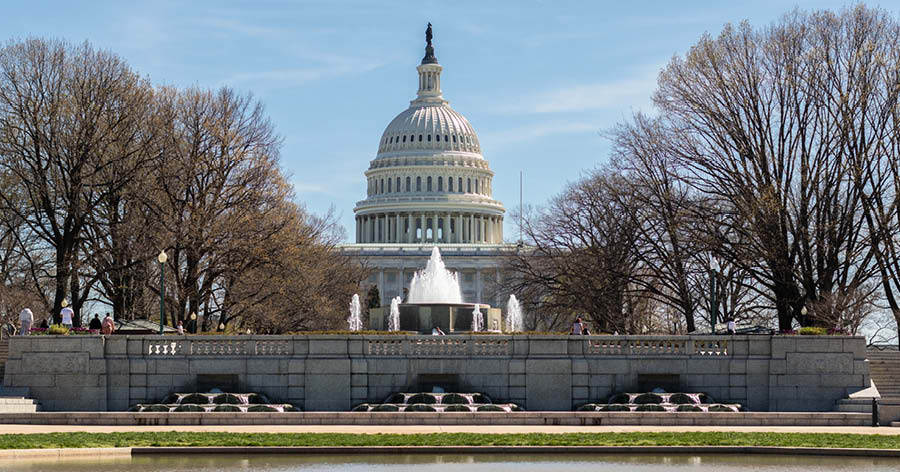Just before the Memorial Day weekend, President Biden finally sent his fiscal year 2022 budget request to Congress, officially kicking off the budget and appropriations season.
In a normal first year of a new presidency, this would have happened earlier. But of course we all know 2021 has hardly been a normal year. That is likely to continue.
The next step should be for the House and Senate Budget Committees to produce a budget resolution that sets out the top line discretionary spending levels for FY2022 – likely somewhere in the $1.5 trillion neighborhood. Once adopted, this tells the Appropriations Committees how much cash they have to play with. The appropriators further break it down to each of the dozen subcommittees that draft the actual spending bills – the 302(b) allocations (named for the section of the budget law that governs this process).
Instead, the delays have pushed the appropriators in the lead and they are drafting spending bills as the Budget Committees proceed with hearings on the budget request.
You may be wondering why proceed with the budget resolution theater when the spending bill train has left the station.
Two-word answer: Budget Reconciliation.
We’ve talked about reconciliation before. But in a nutshell it enables spending, revenue, and debt ceiling related legislation to get through the Senate with a simple majority. But there’s a catch – it can only be spending, revenue, and debt ceiling related. In other words – no policy. If it doesn’t deal with dimes or debt, it’s out. The referee is the Senate Parliamentarian, Elizabeth MacDonough, appointed in 2012.
Reconciliation was used to make changes to the Affordable Care Act (aka Obamacare), the 2017 tax cut, and most recently, the American Relief Plan (COVID-19 response and stimulus) earlier this year. For that bill they used reconciliation on the FY2021 Budget Resolution. There was some thinking that Senate Democrats could do multiple tweaks to the resolution to get multiple bites at the reconciliation apple, but the Parliamentarian threw cold water on their plans in a rather technical ruling. That coupled with their tiny majority really narrows the Democrats’ window for pushing something through.
But the opportunity to move something – anything – with a simple majority in the Senate is too tempting to pass up. So the next candidate for reconciliation could be an infrastructure package that is beyond what a bipartisan group is crafting with the White House, or the American Families Plan, or something else. Whatever it is, first you have to get a budget resolution done, even if it doesn’t do anything more than unlock reconciliation.
Shifting back to appropriations for a minute: one thing that is different this year is the Democratic majorities in the House and Senate have decided to bring back earmarks – the parochial projects that were banned since 2011. The House Republicans agreed to go along in a tight vote. The Senate Republicans noted that while their conference rules include a ban on the practice, there is no punishment – so go for it!
We’re waiting and watching. The requests have been submitted, but we have yet to see what actually gets into the bills and who the winners are. In the past political muscle often trumped project merit. To paraphrase Animal Farm – all lawmakers are equal, but some are more equal than others.
You may have noticed that we mentioned the debt ceiling as something that could be considered under reconciliation. That wasn’t just a throwaway line. The debt ceiling sets the limit on how much the federal government can be in debt. In recent years, lawmakers have conveniently tied it to a date, rather than to an amount. So instead of pegging the debt limit to a total like $28.3 trillion (current debt level), lawmakers peg it to a certain date. And back in a 2019 budget deal, August 1, 2021 was the date selected. That means whatever the debt level is on August 1st is the new debt ceiling. After that the Treasury Department can play a few games to stay under the limit for a month or two, but that’s it. It’s basically a fiscal game of chicken with the full faith and credit of the United States and its ability to pay its debts.
The debt ceiling is going to put extra pressure on reconciliation. Do the Democrats go alone or do they have bipartisan backing to lift the limit? We’ll see…














Get Social